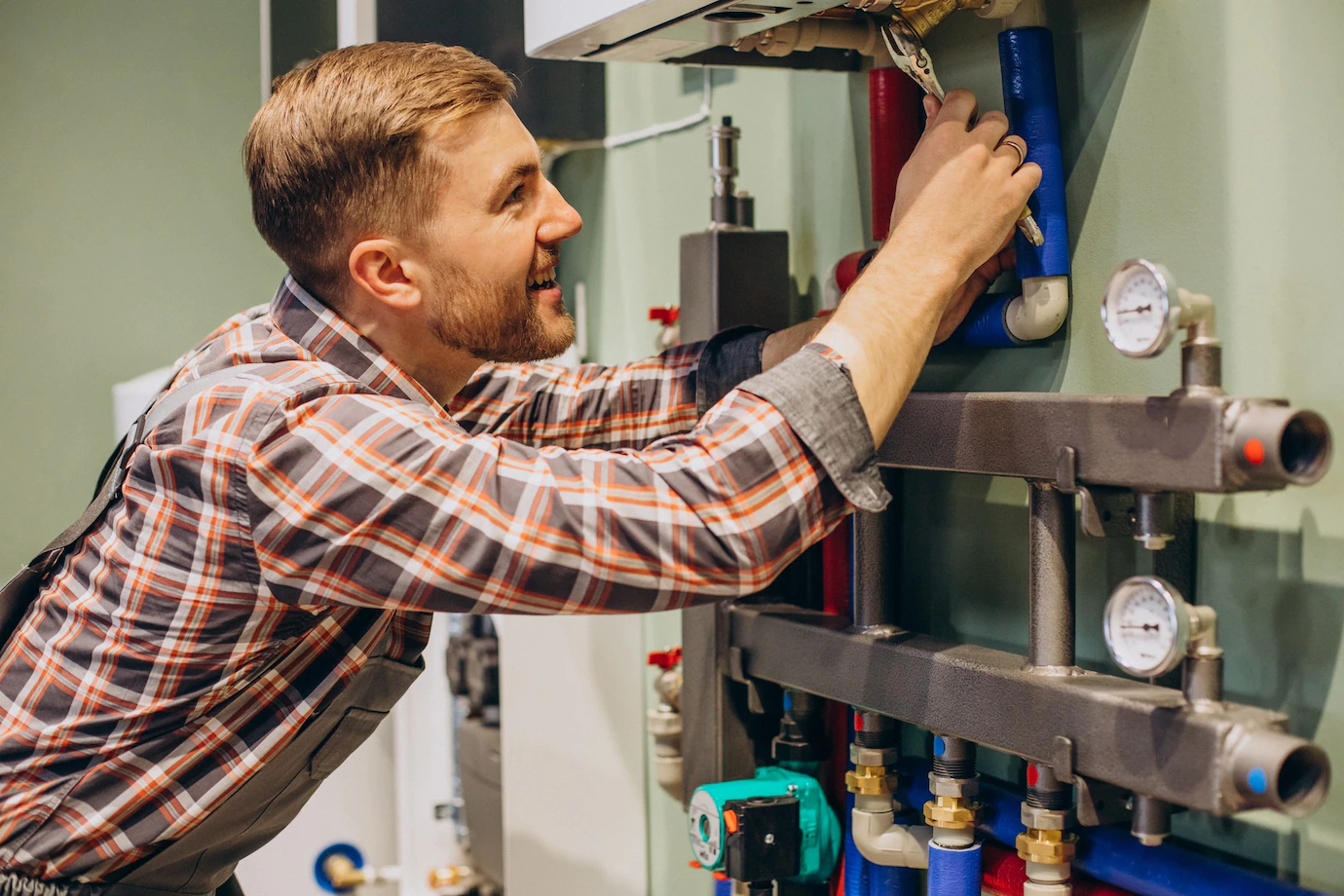If you have been thinking about having underfloor heating installed in your home, you may be wondering what the process is like and how easy it is to arrange. With more and more people choosing to install underfloor heating, installation is becoming easier than ever before. Here are some of the things to consider about the installation process and what to prepare for.
Decide on an underfloor heating type
First of all, you should decide which type of underfloor heating you are looking to install. The two main types are ‘dry’ underfloor heating and ‘wet’ underfloor heating. The former is powered by electric wiring that runs underneath the floor, whilst the latter involves a series of pipes channelling hot water throughout. Electric based underfloor heating tends to be slightly easier to install as there is less chance of the floor having to be lowered to accommodate pipes, whilst water underfloor heating could be the perfect choice when installing flooring in a new-build home or office.
The first steps to installing underfloor heating
Installing underfloor heating is possible in most types of buildings and with various different flooring options. The basic process involves:
- Prepare the area correctly – firstly you should ensure that the area you are working with is clean and well prepared. This will ensure a smooth start to the process.
- First steps – next you can connect to the manifold and begin to pull up the current flooring. It is important to look at cleaning and prepping the sub-floor. The aim here is to ensure that there are no sharp pieces of debris or edging that could cause damage to pipes or wires.
- Insulation – next you can look at laying down the appropriate insulation. Ensure that the area is free from large gaps or spaces.
- Lay the pipes – next you can lay and fix the pipes or wiring (depending on which type of heating you are choosing) ensure that the correct spacing is applied in order to allow for even heat distribution.
- Screed the flooring – the next step would be to prepare and pour the screed over the area. Self-levelling screed will ensure an even finish. This would be set with a spray and tampered for the perfect finish.
- Drying time – you then need to allow enough time for your floor area to fully dry. A minimum of seven days is usually recommended to ensure that the best results possible are achieved.
The benefits of underfloor heating
Underfloor heating has many benefits. There is nothing better than stepping out of the shower onto a perfectly warm and cosy floor each day. Or the comfort of having your floor be warm underfoot, during even the coldest of winter months. If you have an area of your house that doesn’t get much sunlight, underfloor heating would be the perfect option. Victorian homes will find this especially beneficial due to their high ceilings and draughty interiors.
Underfloor heating can also help to create a welcoming and warm feature in your home and is ideal for families with younger children or those who feel the cold. Quite simply put, it is the ideal choice for year-round heating solutions.
Fastwarm® is the best online seller in the UK of underfloor heating, serving both the consumer and trade sectors. For more information and to browse the extensive range of underfloor heating products online, please visit our website today: https://www.fastwarm.com/



